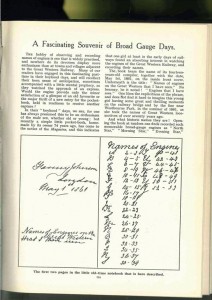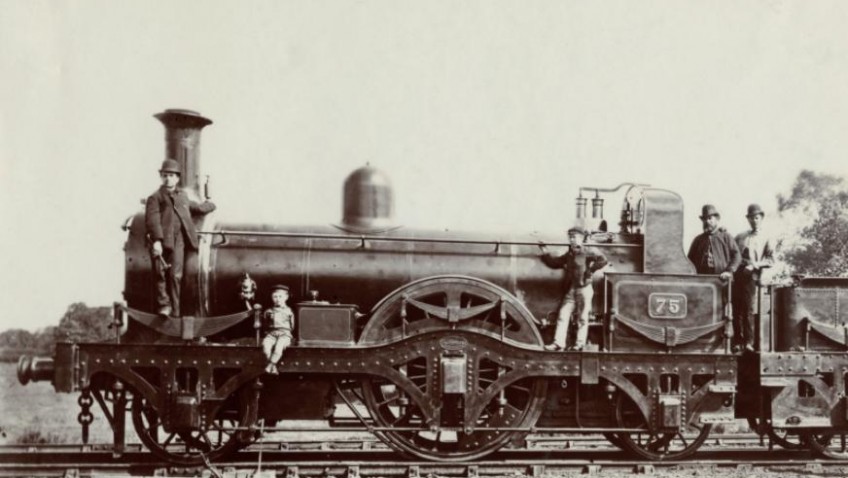As part of its preparatory research for its September-March Trainspotting season, the National Railway Museum has discovered that the stereotyped ‘spotter’ couldn’t be further from the origins of the much misunderstood hobby
Research carried out at the York-based Museum has come across a reference to a trainspotter from as early as 1861. The person recording locomotive numbers as they pass a station in London, is not a man clad in an anorak, but a teenager named Fanny Johnson.
Her notebook about Great Western locomotives passing Westbourne Park station in 1861, is referenced in a 1935 article in the GWR magazine, and is the earliest evidence found to date of trainspotting, the collecting of locomotive numbers.
Says Associate Curator of Rail Vehicles Bob Gwynne: “This is exciting because trainspotting is perceived largely to be a 20th century hobby for men, although railway enthusiasm has existed as long as the railways itself. This mention of a notebook titled “Names of Engines on the Great Western that I have Seen’ turns this stereotype on its head.
 “The hobby of taking numbers is often thought to originate with the ‘ABC books’ first printed in 1942. However it is clear that ‘spotting’ certainly started much earlier than that.”
“The hobby of taking numbers is often thought to originate with the ‘ABC books’ first printed in 1942. However it is clear that ‘spotting’ certainly started much earlier than that.”
Fanny Johnson was not the only 19th century lady romanced by the railways. In August 1830 celebrity actress Fanny Kemble got a ride on the footplate of a locomotive on one of the trial journeys of the Liverpool and Manchester Railway and described the experience as follows:
“When I closed my eyes this sensation of flying was quite delightful, and strange beyond description; I had a perfect sense of security, and not the slightest fear.”
Kemble was the very first member of the public to experience a footplate ride on a steam locomotive and the driver was George Stephenson himself!
For more information visit www.nrm.org.uk




